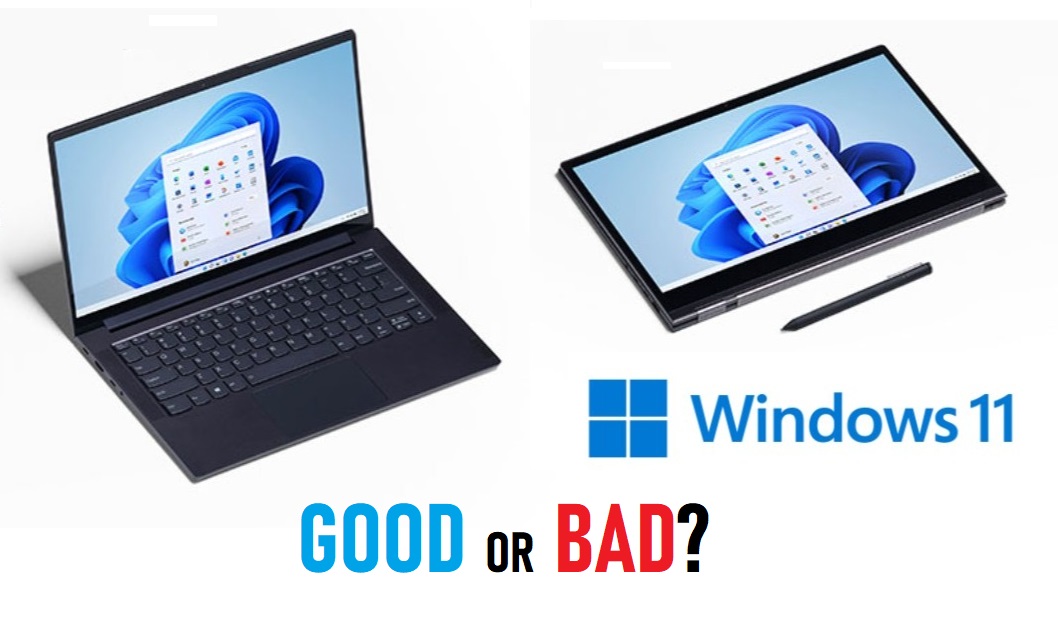Key Takeaway:
Some users express frustration over the transition to Windows 11, preferring the familiarity and functionality of Windows 10. They question the necessity of the change and feel reluctant to adapt to what they perceive as a subpar replacement.
The decision to transition from Windows 10 to Windows 11 has left many users scratching their heads and wondering: why fix what isn’t broken? For those who have grown comfortable with Windows 10, the prospect of switching to a new operating system can be met with reluctance and frustration.
Familiarity and Comfort:
One of the primary reasons users hesitate to embrace Windows 11 is the familiarity and comfort they have developed with Windows 10. Over the years, users have become accustomed to the layout, features, and functionality of Windows 10, making it an integral part of their daily workflow. The thought of abandoning this familiarity for something new and untested can be unsettling.
Stability and Reliability:
Windows 10 has proven itself to be a stable and reliable operating system for millions of users worldwide. With regular updates and support from Microsoft, it has evolved into a robust platform that meets the needs of both casual users and professionals alike. For many, the thought of trading this stability for the unknowns of Windows 11 is a risk they’re not willing to take.
Perceived Downsides of Windows 11:
Users’ reluctance to embrace Windows 11 is often fueled by perceived downsides of the new operating system. Whether it’s concerns about compatibility issues, changes to the user interface, or the removal of beloved features, many users see Windows 11 as a step backward rather than an improvement. This sentiment is further compounded by reports of bugs and performance issues in the early releases of Windows 11.
Resistance to Change:
Change is never easy, especially when it involves something as integral to daily life as an operating system. For some users, the thought of having to learn new workflows, troubleshoot unfamiliar issues, and adapt to a different user interface is enough to deter them from making the switch. They would rather stick with what they know than invest time and effort into learning a new system.
Conclusion:
The decision to transition from Windows 10 to Windows 11 has sparked debate among users, with many questioning the necessity of the change. For those who have grown comfortable with Windows 10, the prospect of switching to a new operating system is met with reluctance and skepticism. Whether Windows 11 will win over these skeptics remains to be seen, but for now, many users are content to stick with what they know and love.














